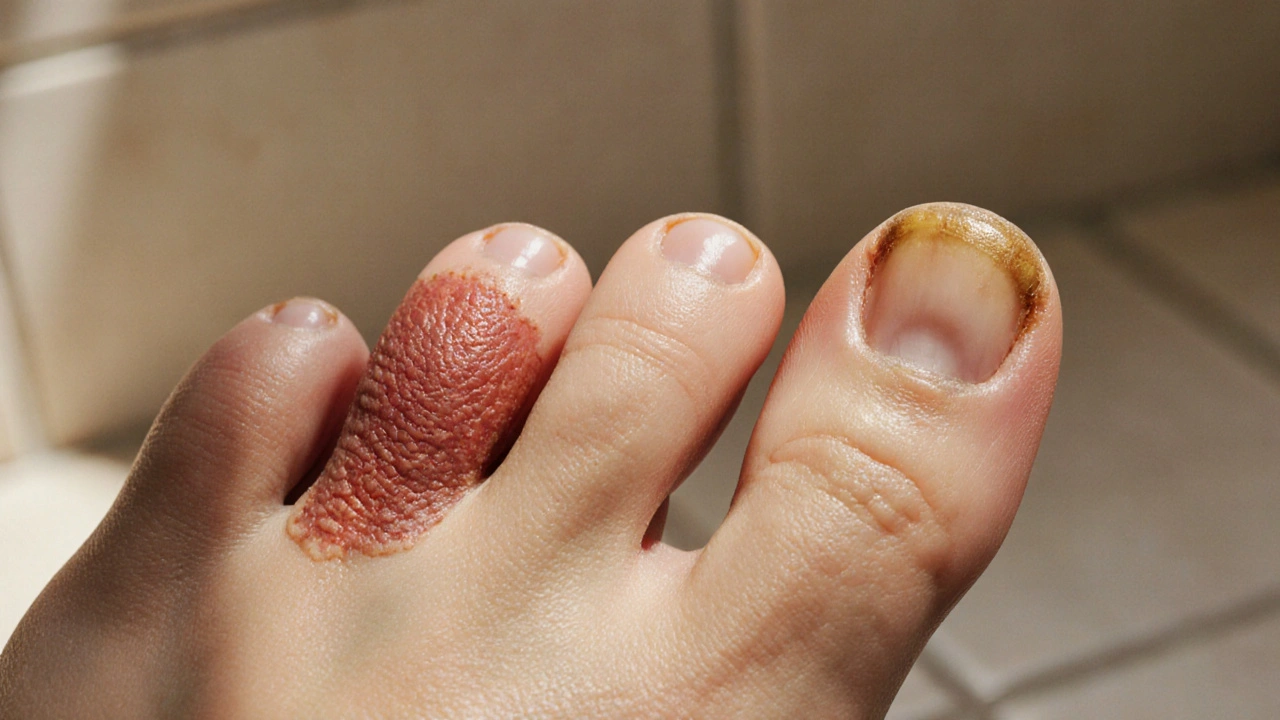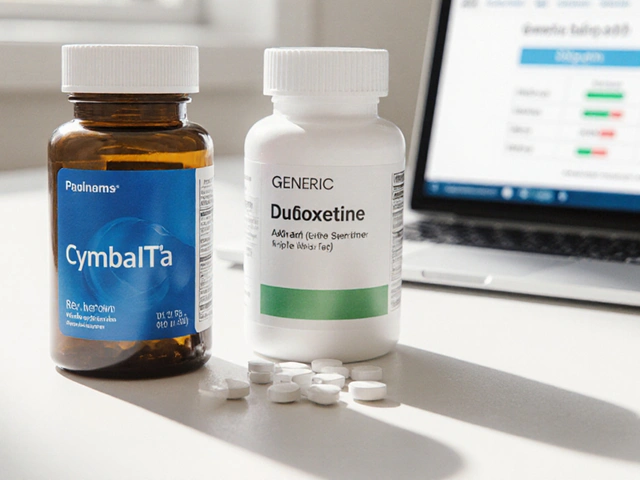Tinea: Understanding Fungal Skin Infections and Effective Care
When dealing with tinea, a group of common fungal skin infections caused by dermatophytes that affect the outer layers of skin, hair, and nails. Also known as ringworm, it often shows up as a red, scaly patch that can be itchy or painful.
The culprit behind most cases is a dermatophyte, a microscopic fungus that thrives on keratin-rich tissues like skin, hair, and nails. These organisms love warm, moist environments, which is why you’ll see them on feet in sweaty shoes or in creases where skin rubs together.
Stopping the infection requires the right antifungal medication, topical creams, gels, or oral pills designed to kill or halt the growth of dermatophytes. Over‑the‑counter options such as clotrimazole or terbinafine work well for mild cases, while doctors may prescribe stronger oral agents for widespread or stubborn infections.
Typical signs show up as a skin rash, a red, often circular lesion with a clearer center and a raised, scaly border. Itching, burning, or mild pain usually accompany the rash, and the lesion can spread if left untreated.
Diagnosing tinea is straightforward for most clinicians. They often start with a visual exam, then confirm the fungus by scraping a bit of skin and examining it under a microscope or sending it for a culture. This rapid check helps rule out bacterial infections that need different treatment.
Prevention hinges on good hygiene. Keep feet dry, change socks daily, avoid walking barefoot in public showers, and wash towels and bedding regularly. Treating athlete’s foot promptly reduces the risk of spreading the fungus to other body parts, a process known as autoinoculation.
Anyone who spends time in sweaty environments—athletes, campers, or workers in humid conditions—is at higher risk. Children and the elderly are also more vulnerable because their skin can be thinner or more prone to micro‑tears, giving fungi an easy entry point.
When you shop for treatment, consider the infection’s location and severity. Topical creams work well for tinea corporis (body) and tinea cruris (groin), while tinea pedis (feet) may need a combination of topical and oral therapy if it’s extensive.
Home remedies like tea tree oil or vinegar are popular, but they lack strong scientific backing. Using them without proper antifungal agents can delay healing and let the fungus spread.
Common myths include the idea that ringworm is caused by a worm or that it’s highly contagious through casual contact. In reality, transmission usually requires direct skin‑to‑skin contact or sharing contaminated objects like towels or shoes.
Seek medical help if the rash doesn’t improve after two weeks of OTC treatment, if it spreads rapidly, or if you notice swelling, fever, or pus. Persistent infections may signal an underlying condition such as diabetes or a weakened immune system that needs attention.
Below you’ll find a curated list of articles that dive deeper into specific tinea types, treatment nuances, and lifestyle tips to keep the infection at bay. Whether you’re looking for quick over‑the‑counter solutions or detailed medical guidance, the resources ahead cover the full spectrum of tinea-related information.

Ringworm vs Fungal Nail Infections: How They're Connected
Explore how ringworm and fungal nail infections are linked, their causes, spread, symptoms, and effective prevention and treatment options.




